The sights, sounds, and smells of Bangkok's Chinatown, Thailand are truly an impressive experience, so be prepared. For those who love adventure, a day spent wandering through the market alleys and street food stalls will be among the most memorable experiences in Bangkok.
1. About Chinatown Bangkok
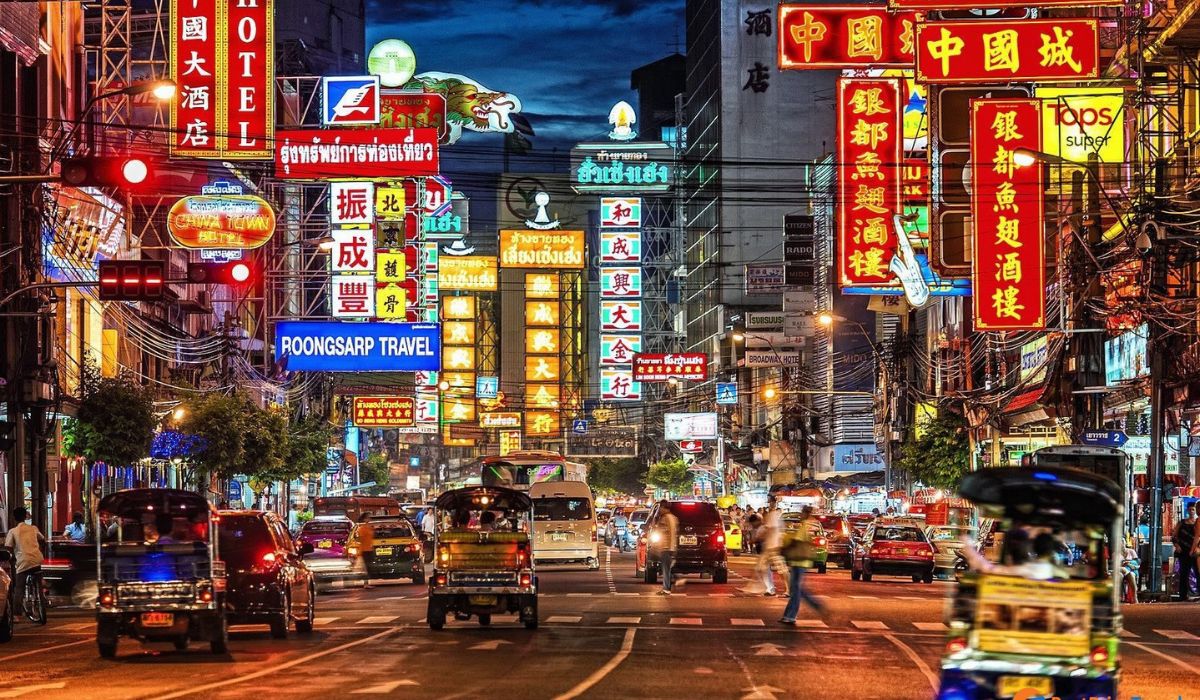
As one of the world’s largest Chinatowns, this area in Bangkok is famous for its excellent shopping options and enticing culinary scene. This vibrant district was established over 200 years ago and has become the main hub for Bangkok’s large Chinese community.
Stroll along Yaowarat Road, bustling with shops selling all kinds of souvenirs, jewelry, and keepsakes. Then, stop at a family restaurant to try oyster omelets or dim sum. You can take the subway to Chinatown, and it’s also within walking distance from other attractions, such as Wat Traimit Temple.
2. Chinatown/Yaowarat’s History
In the past, famine forced many people to migrate from southern China to Southeast Asia, and Thailand became a popular destination for these Chinese immigrants. Initially, they settled near what is now the Royal Palace. However, when the Royal Palace was built, these immigrants were required to relocate to Sampheng, from where trade between the two countries began to flourish.
Every day, more and more Chinese trading ships brought goods to Thailand, and thanks to these ships, Wat Yannawa, also known as the Boat Temple, was constructed during the Ayutthaya period. The main road running through Bangkok’s Chinatown is Yaowarat Road, built in 1891. This 1.5-kilometer road is often likened to a dragon, winding through the historic district of Chinatown.
3. What to See and Do in Chinatown Bangkok?
3.1. Yaowarat Road
Thanon Yaowarat, also known as Yaowarat Road, is the heart of Chinatown. This 1.5-kilometer stretch starts at the "Paifang" Chinatown Gate and ends at Phanuphan Bridge. Brightly adorned with neon signs and large Chinese characters, it makes you feel more like you're in Hong Kong than Bangkok. If you want to buy gold in Thailand, you should also come to Yaowarat Road in Chinatown. With over 150 gold shops settled in this area, you’ll find plenty of gold jewelry here.

Overall, Yaowarat is one of Bangkok’s most famous attractions and should not be missed on any trip. In fact, you can visit this famous street all day. If you want to take beautiful photos, it’s best to go in the early morning when the atmosphere is the best. In the evening, the signs are illuminated, creating a stunning scene, and all the food stalls are open at this time.
Note: If you're planning a visit to Yaowarat, remember that many food stalls close on Mondays.
3.2. Wat Traimit

Visitors flock to Wat Traimit to see the world's largest golden Buddha statue. This revered Buddha statue sits on an altar surrounded by traditional Thai golden arches. It’s magnificent and a frequent pilgrimage site for Buddhist devotees and curious tourists alike.
This Buddhist temple is an excellent stop on the way to or from Hua Lamphong MRT station. From the top of Wat Traimit, you can admire the nearby ornate Chinatown gate and enjoy the refreshing breeze that flows through the temple's open doors, allowing you to appreciate the statue’s size without worrying about the heat.
3.3. China Gate
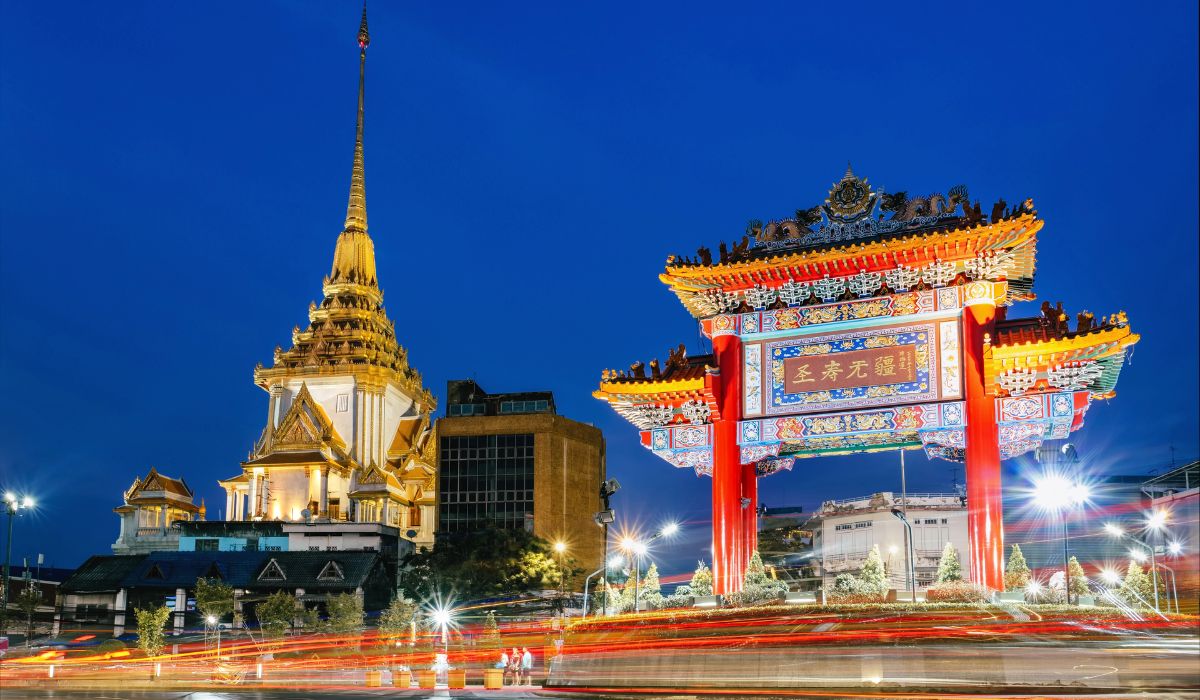
The Chinatown Gate in Bangkok is a large, colorful Chinese gate, also known as Paifang, located in the center of Odeon Circle and serves as the entrance to Bangkok's Chinatown. It lies between the famous Yaowarat Road and Charoen Krung Road on the eastern side of the area. Opened in 1999 to honor King Bhumibol Adulyadej, the Chinatown Gate symbolizes the new development of the Chinese quarter. Today, this colorful Chinese gate is one of the most important symbols and has become a popular photography subject. Interestingly, Bangkok’s Chinatown is home to one of the largest Chinese communities outside of China.
3.4. Chinatown Bangkok’s Streets at Night
At night, Yaowarat Road—the main street of Bangkok's Chinatown—transforms into one of the world’s largest street food destinations. Locals and tourists can roam along the main street, savoring everything available and turning dinner into an evening of exploration. While it may initially seem a bit challenging, with a touch of adventure, it becomes very enjoyable.
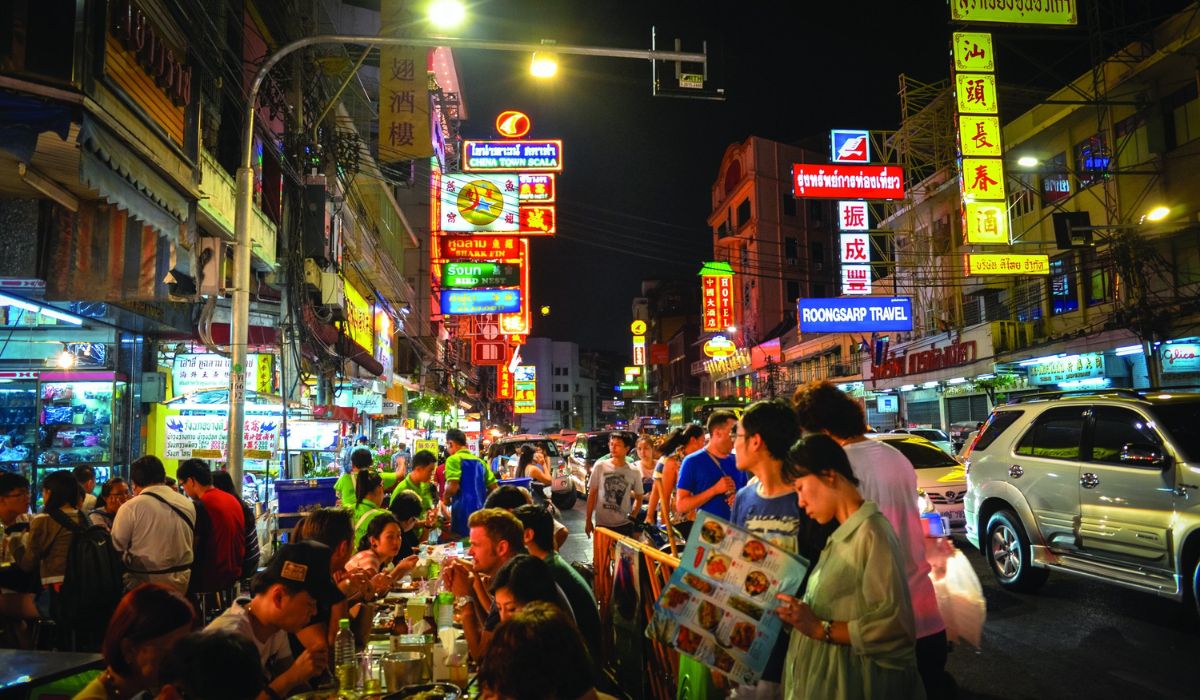
Popular dishes include dim sum, fried oyster eggs, flat noodles in peppery broth, and a wide variety of fresh seafood. There are also many exotic fruits and homemade ice creams (we recommend the coconut flavor, but for a truly Thai experience, try the durian). Traffic in this area is quite heavy, so we recommend taking the MRT to Wat Mangkon station and walking about 5 minutes to Yaowarat Road.
3.5. Yaowarat by Bicycle
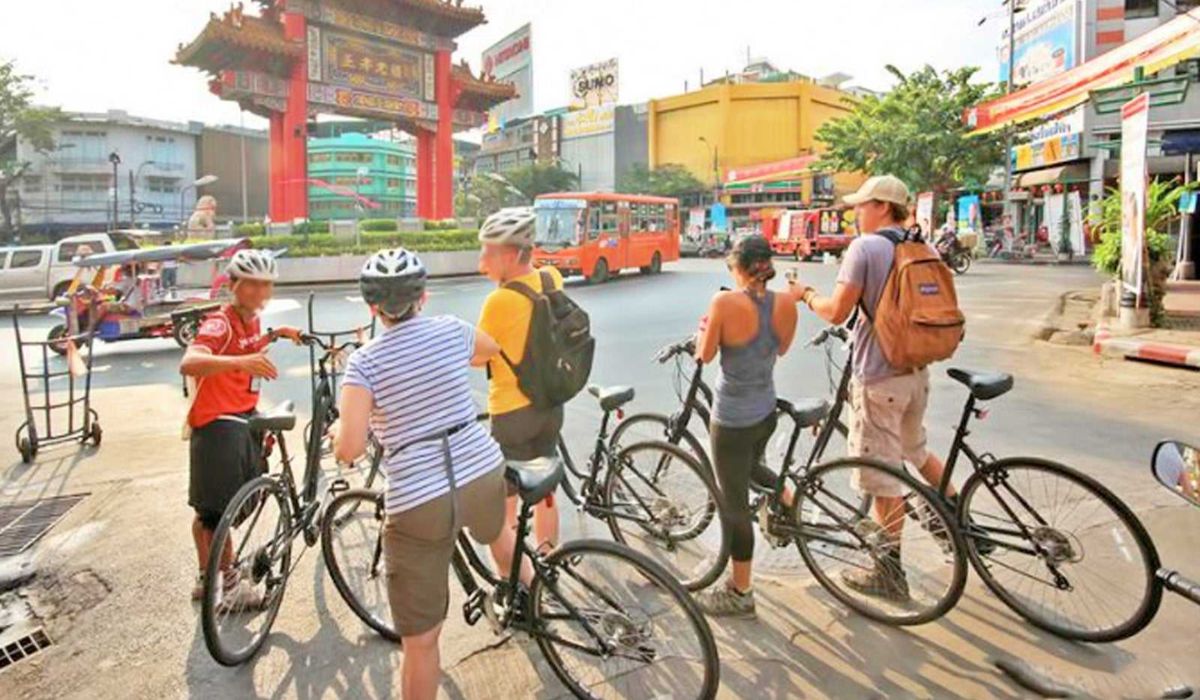
A bicycle tour through Chinatown and Thonburi (on the other side of the river) offers a half-day journey that introduces you to bustling market scenes, century-old temples, and narrow alleys where life has continued unchanged for generations. Knowledgeable guides enhance the sights with fascinating and engaging information and stories, adding depth to the experience.
3.6. Visit So Heng Thai Villa
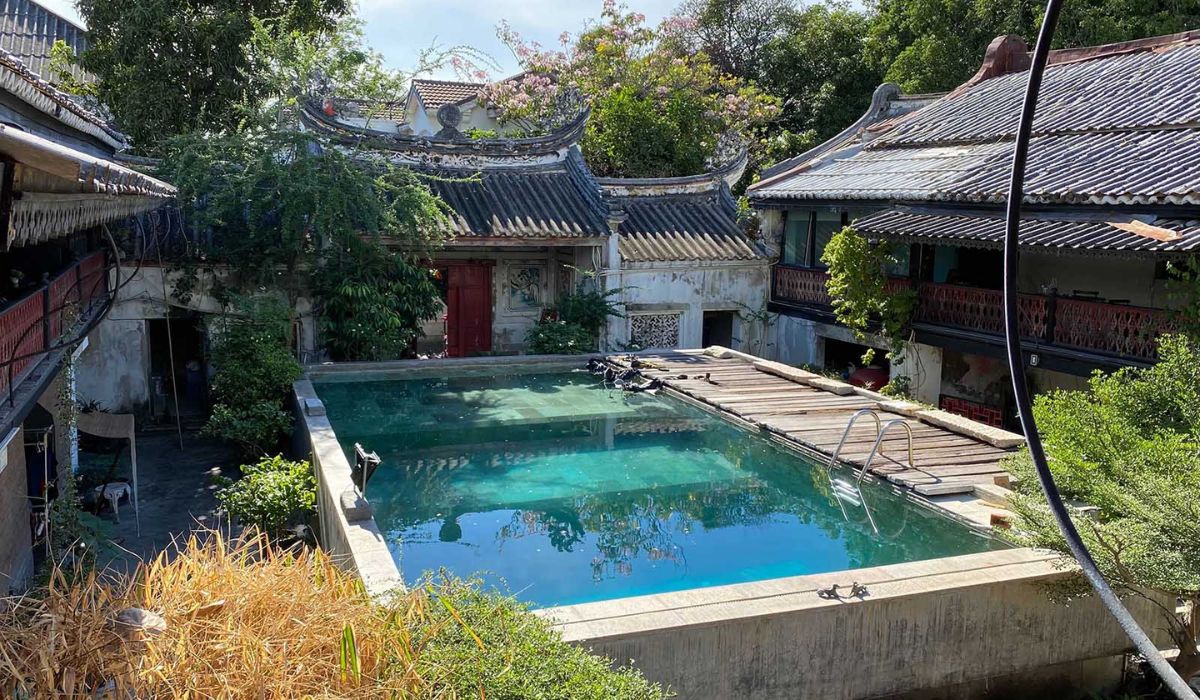
So Heng Thai Villa, around 200 years old, is a hidden gem for those wishing to explore Chinatown. Only a few visitors know about this jewel, tucked away on a quiet street. This ancient house is one of the best-preserved villas in Chinatown, where visitors can explore the interior. Today, it operates as a diving school but also serves as a small café and museum. Visit to admire the beautiful architecture, enjoy a cup of coffee, and help preserve the beauty of So Heng Thai.
3.7. Wat Mangkol Kamalawat
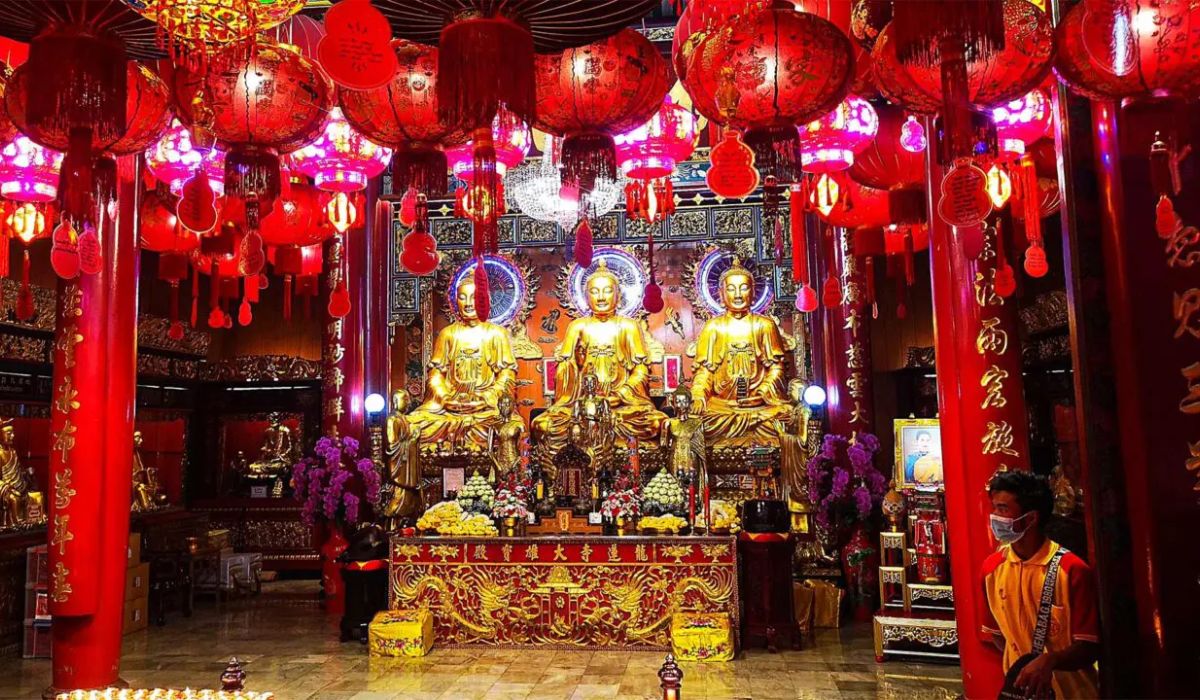
Wat Mangkol Kamalawat, the largest and most important Chinese-Buddhist temple in Bangkok, is a focal point of many festivities during celebrations like Chinese New Year. The temple features stunning Buddhist, Taoist, and Confucian shrines, built in 1872. Initially, it was called Wat Leng Nui Yee until King Rama V took the throne, and then it was renamed Wat Mangkol Kamalawat (meaning Dragon Lotus Temple). Located in the heart of Bangkok's Chinatown, the temple is about 250 meters northwest of the MRT Wat Mangkon station.
3.8. Sampeng Lane
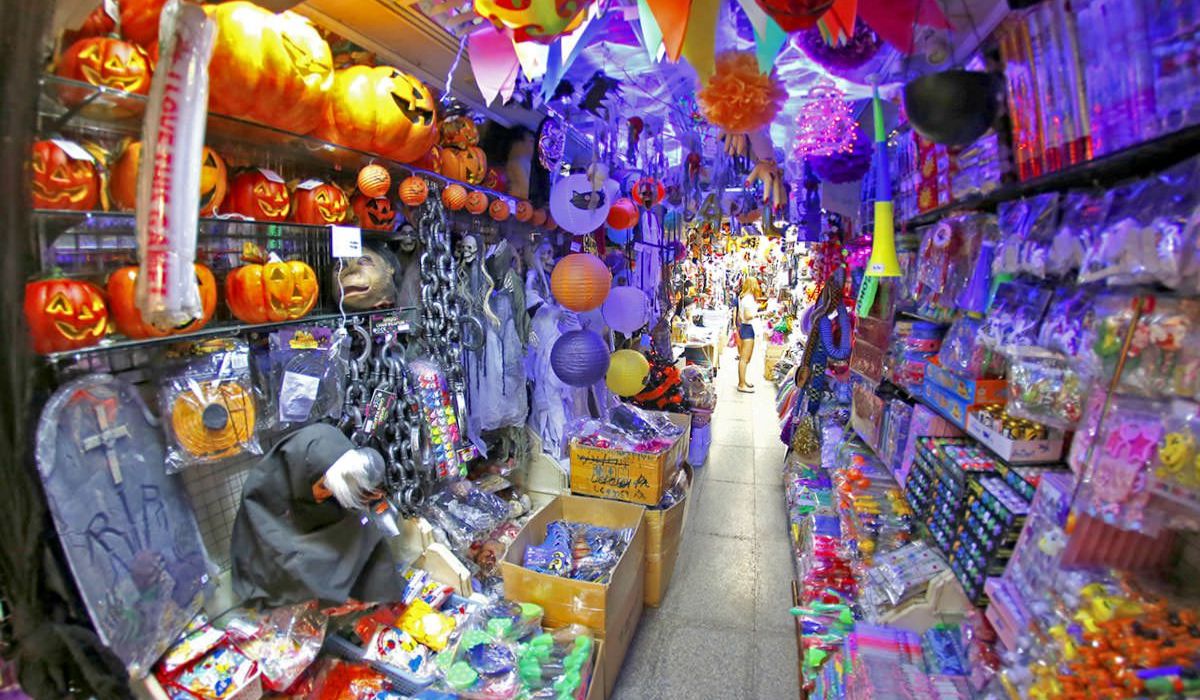
Sampeng Lane is a long, narrow street cutting through Chinatown, where you’ll find a rich variety of goods for sale. Sampeng Lane was once the main street of Chinatown when the Chinese community first migrated to Bangkok. Like the rest of the area, it’s crowded, chaotic, and fascinating. The street is so narrow that, at some points, you can reach across the alley with a flip-flop in one hand and a Christmas tree in the other.
3.9. Crocodile Temple
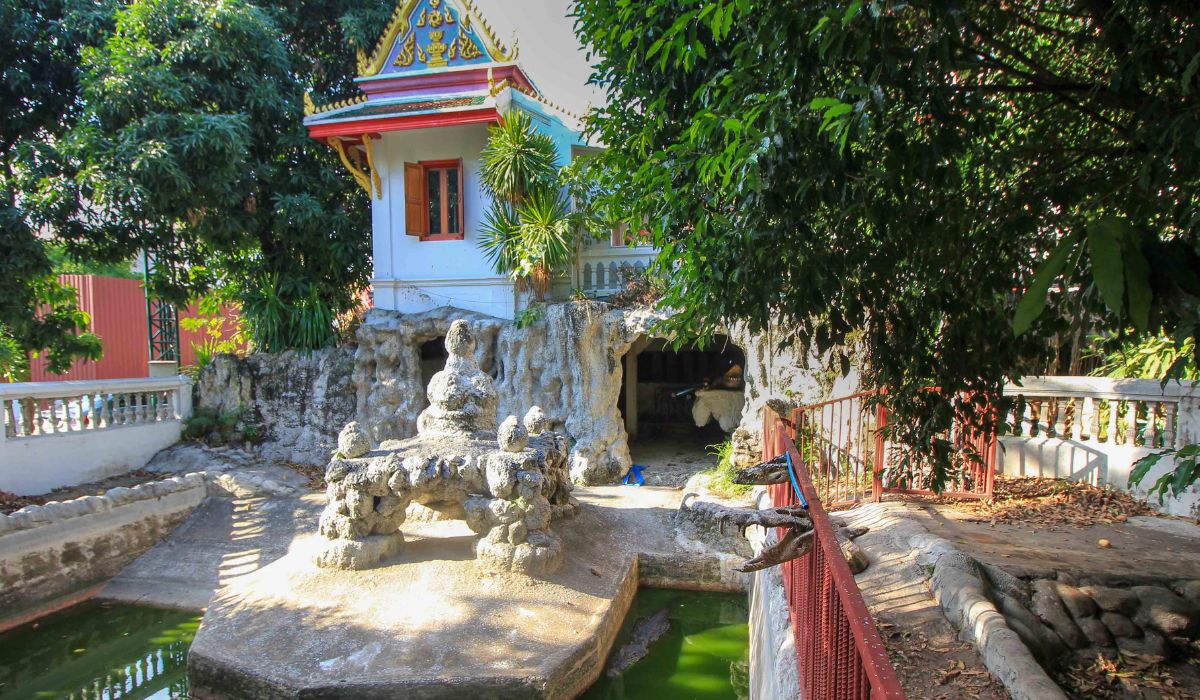
Wat Chakrawatrachawat Woramahawihan, also known as the Crocodile Temple in Bangkok, is a fairly modest temple complex. It’s a hidden gem in Chinatown and certainly not a well-known tourist spot. The temple is particularly famous for its crocodiles, which can be seen in a small concrete enclosure when you visit. According to a legend, there was once a one-eyed crocodile that lived in the river and was a man-eating monster. The crocodile was hunted down, but thanks to compassionate monks, it found refuge at Wat Chakrawat. Today, you can see multiple crocodiles within the temple.
3.10. Sala Chalermkrung (Khon)
Established in 1933 under royal patronage, Sala Chalermkrung is a charming theater, beautifully maintained with period decor. The decor includes many brass details, red velvet cushions, and sepia photographs. Everything looks as fresh as when Chalerm Krung opened as Thailand's first sound and air-conditioned cinema.
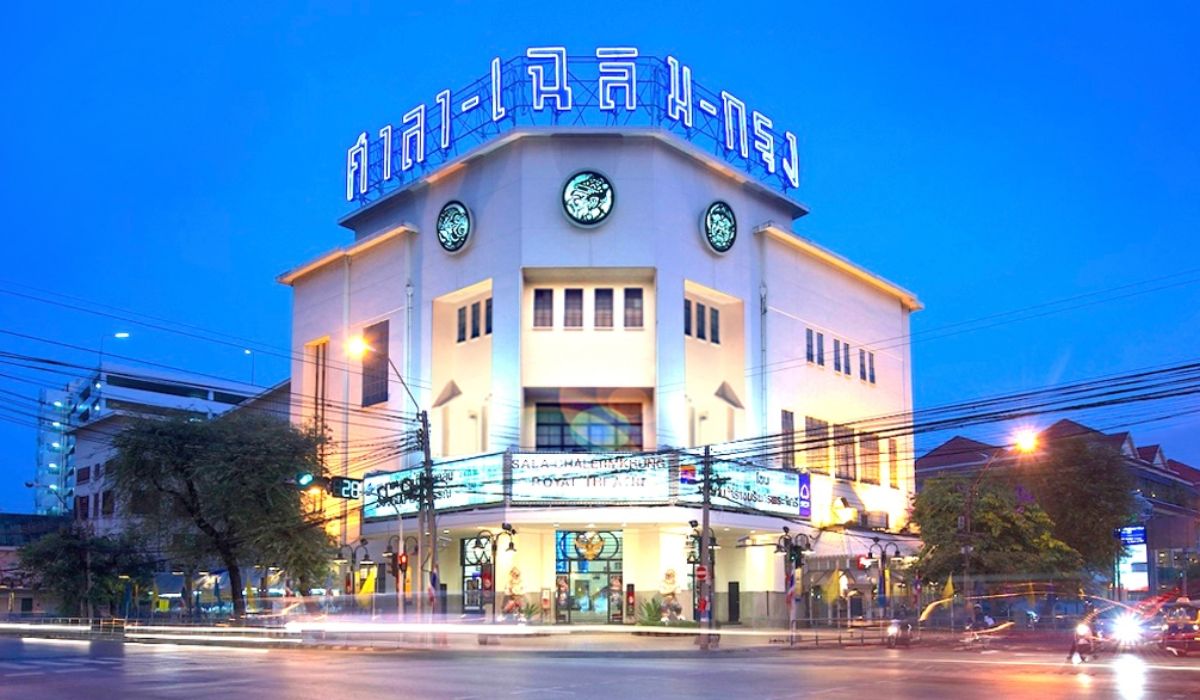
Today, the theater hosts khon, a traditional Thai mask dance, dedicated to preserving Thai performing arts and traditional dance. The performance combines elaborate costumes, traditional dance, and a historic epic about a treacherous demon.
4. What to eat in Yaowarat?
If you love seafood, then Chinatown is the perfect spot in Bangkok. Head to the famous Yaowarat Road after dark to find some of the city’s best food. If you’re unsure where to start, just follow the crowd. If you see a group of Thai people eating at a certain stall, it's likely because the food there is excellent.
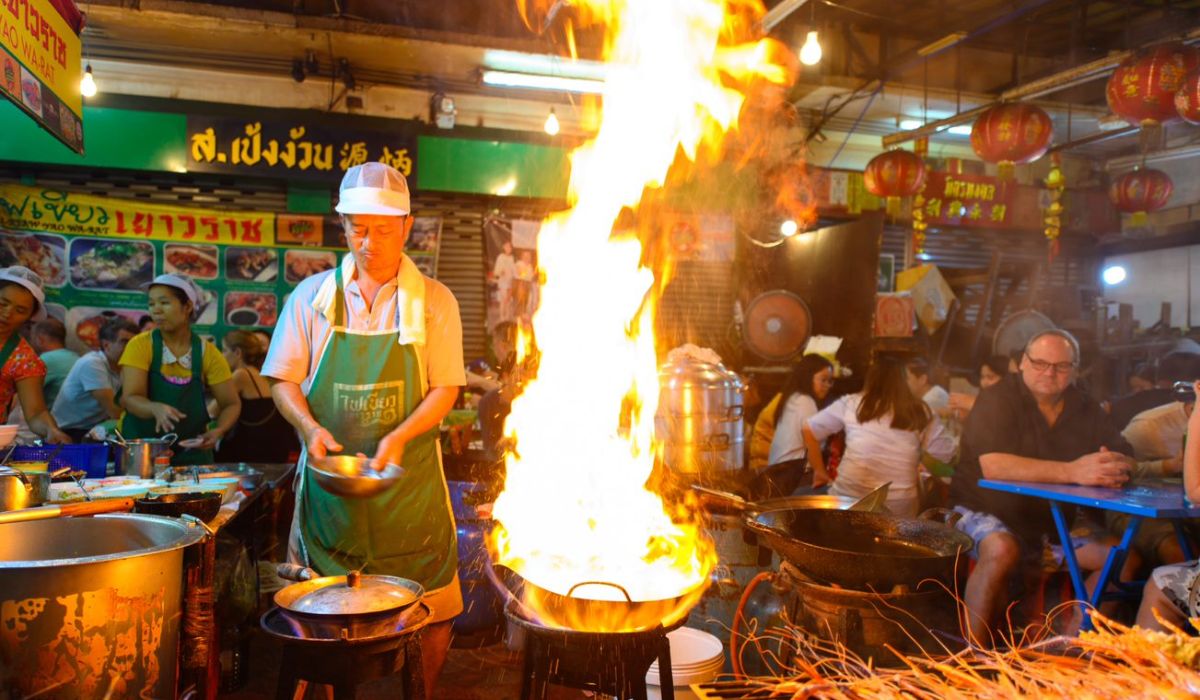
Fai-Kaew Yao Wa-Rat is a seafood stall that draws one of the largest crowds in Bangkok. There are many dishes to choose from, including stir-fried crab and sweet and sour shrimp. Additionally, there’s a wide variety of other delicious dishes waiting for you to try. Here are a few standout options you might want to consider:
-
T&K Seafood: Famous for its fresh seafood dishes and lively atmosphere, T&K Seafood is a must-visit spot for food lovers in Yaowarat.
-
Jek Pui Curry: Savor authentic Thai-Chinese flavors at Jek Pui Curry, known for its delicious curries and distinctive spices.
-
Nai Ek Roll Noodle: Treat yourself to a flavorful bowl of rolled noodles at Nai Ek Roll Noodle, a popular spot among locals and tourists alike.
-
Yaowarat Toasted Bread: Satisfy your sweet craving with a slice of crispy toasted bread topped with sweet condensed milk at Yaowarat Toasted Bread.
-
Kanom Pang Jek Pui: Try the famous crispy pancakes filled with sweet and savory fillings at Kanom Pang Jek Pui, a beloved snack shop in Yaowarat.
Chinatown is also known for its unique but delightful desserts. Two of our favorite desserts are sesame buns with ginger tea and chocolate-filled rolls. These warm rolls are perfectly baked before being filled with the filling of your choice.
5. How to get to Chinatown Bangkok
Bangkok's Chinatown is not a compact neighborhood. Be sure to know exactly where you’re going before leaving this historic quarter. However, the best way to reach the heart of Chinatown is by taking the MRT subway to Hua Lamphong Station. Exit 1 will bring you close to Wat Traimit. You’ll also only need a short taxi ride to reach other must-visit locations within Bangkok’s Chinatown area.
Source: Wikipedia